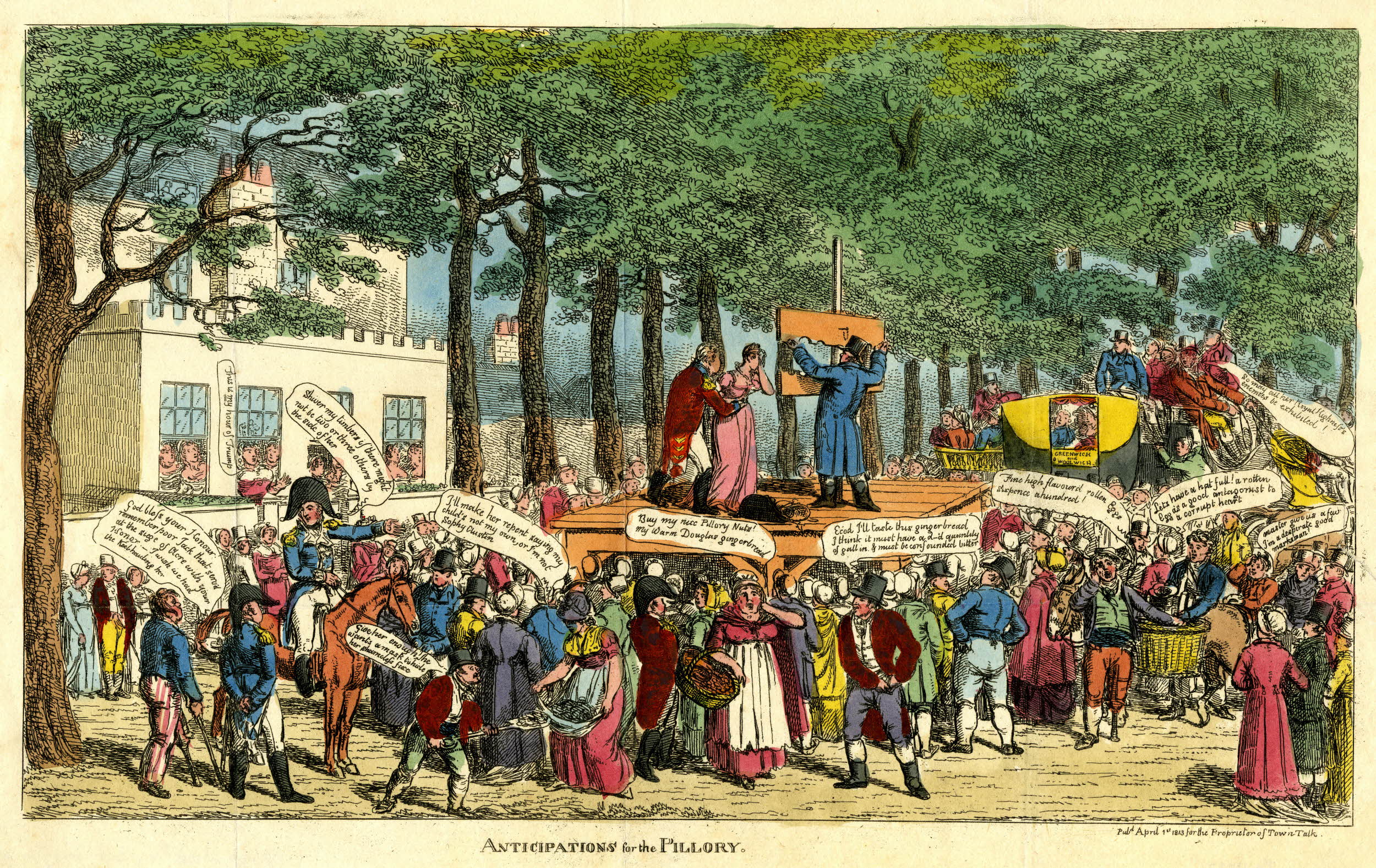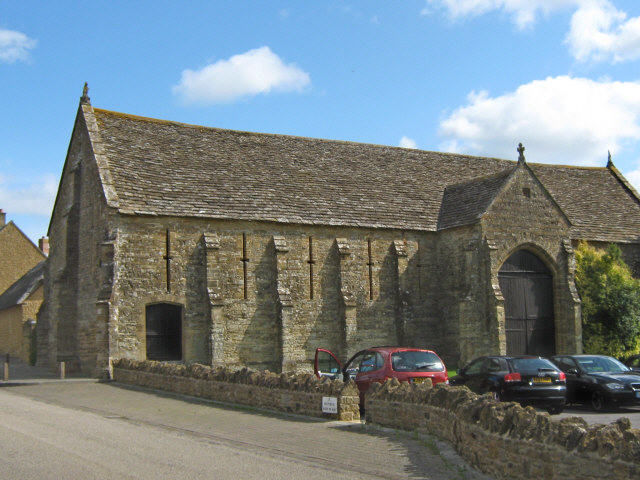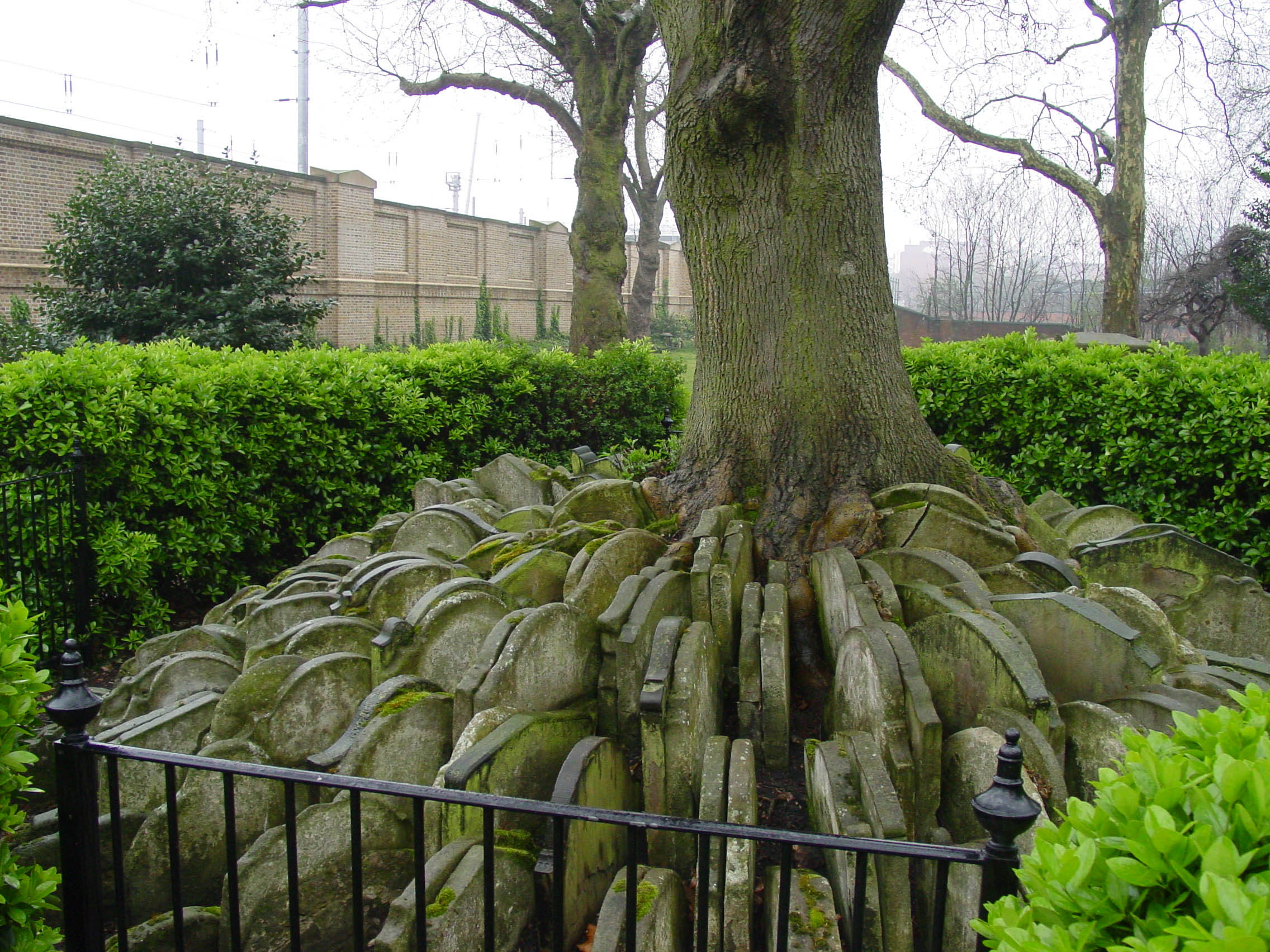|
Hurn Court
Hurn Court in Hurn near Christchurch, Dorset, was the home of the Earls of Malmesbury between 1795 and 1951. It was sold on the death of the 5th Earl and opened as a boarding school for boys in 1952, before being developed for housing in the 1990s. It has been a Grade II* Listed building since 1964. Description and location Hurn Court is a former stately home in the parish of Hurn, Dorset. It is situated north-west of Christchurch between the Rivers Stour and Moors.White p. 294 Architecture Hurn Court has been registered as a grade II* listed building since 30 September 1964. It is a three storey, brick-built residence, with rendered exterior and string courses, and is of various ages, with the earliest visible parts dating back to the late 16th century. The house is large and irregular, but the main block is E-shaped, the central portion and north front of which, forms part of the old Elizabethan grange. An 1806 plan depicts out-buildings to the east and west of the house ... [...More Info...] [...Related Items...] OR: [Wikipedia] [Google] [Baidu] |
Georgian Architecture
Georgian architecture is the name given in most English-speaking countries to the set of architectural styles current between 1714 and 1830. It is named after the first four Monarchy of the United Kingdom, British monarchs of the House of Hanover, George I of Great Britain, George I, George II of Great Britain, George II, George III, and George IV, who reigned in continuous succession from August 1714 to June 1830. The Georgian cities of the British Isles were Edinburgh, Bath, Somerset, Bath, pre-independence Georgian Dublin, Dublin, and London, and to a lesser extent York and Bristol. The style was revived in the late 19th century in the United States as Colonial Revival architecture and in the early 20th century in Great Britain as Neo-Georgian architecture; in both it is also called Georgian Revival architecture. In the United States, the term ''Georgian'' is generally used to describe all buildings from the period, regardless of style; in Britain it is generally restricte ... [...More Info...] [...Related Items...] OR: [Wikipedia] [Google] [Baidu] |
Finial
A finial () or hip-knob is an element marking the top or end of some object, often formed to be a decorative feature. In architecture, it is a small decorative device, employed to emphasize the Apex (geometry), apex of a dome, spire, tower, roof, or gable or any of various distinctive ornaments at the top, end, or corner of a building or structure. A finial is typically carved in stone. Where there are several such elements they may be called pinnacles. The very top of a finial can be a floral or foliated element called a bouquet. Smaller finials in materials such as metal or wood are used as a decorative ornament on the tops or ends of poles or rods such as tent-poles or curtain rods or any object such as a piece of furniture. These are frequently seen on top of bed posts or clocks. Decorative finials are also commonly used to fasten lampshades, and as an ornamental element at the end of the handles of souvenir spoons. The charm at the end of a pull chain (such as for a ceiling ... [...More Info...] [...Related Items...] OR: [Wikipedia] [Google] [Baidu] |
George IV
George IV (George Augustus Frederick; 12 August 1762 – 26 June 1830) was King of the United Kingdom of Great Britain and Ireland and King of Hanover from 29 January 1820 until his death in 1830. At the time of his accession to the throne, he was acting as prince regent for his father, King George III, having done so since 5 February 1811 during his father's final mental illness. George IV was the eldest child of King George III and Queen Charlotte. He led an extravagant lifestyle that contributed to the fashions of the Regency era. He was a patron of new forms of leisure, style and taste. He commissioned John Nash to build the Royal Pavilion in Brighton and remodel Buckingham Palace, and commissioned Jeffry Wyatville to rebuild Windsor Castle. George's charm and culture earned him the title "the first gentleman of England", but his dissolute way of life and poor relationships with his parents and his wife, Caroline of Brunswick, earned him the contempt of the peop ... [...More Info...] [...Related Items...] OR: [Wikipedia] [Google] [Baidu] |
Caroline Of Brunswick
Caroline of Brunswick-Wolfenbüttel (Caroline Amelia Elizabeth; 17 May 1768 – 7 August 1821) was List of British royal consorts, Queen of the United Kingdom of Great Britain and Ireland and Queen of Hanover from 29 January 1820 until her death in 1821 as the estranged wife of King George IV. She was Princess of Wales from 1795 to 1820. The daughter of Charles William Ferdinand, Duke of Brunswick, and Princess Augusta of Great Britain, Caroline was Cousin marriage, engaged in 1794 to her first cousin George, Prince of Wales, whom she had never met. He was already illegally married to Maria Fitzherbert. George and Caroline married the following year but separated shortly after the birth of their only child, Princess Charlotte of Wales (1796–1817), Princess Charlotte, in 1796. By 1806, rumours that Caroline had taken multiple lovers and had an illegitimate child led to an investigation into her private life. The dignitaries who led the investigation concluded that there wa ... [...More Info...] [...Related Items...] OR: [Wikipedia] [Google] [Baidu] |
Anthony Ashley-Cooper, 5th Earl Of Shaftesbury
Anthony Ashley-Cooper, 5th Earl of Shaftesbury DL FRS (17 September 1761 – 14 May 1811), was a British peer. Biography Ashley-Cooper was the son of Anthony Ashley-Cooper, 4th Earl of Shaftesbury, and Mary Pleydell-Bouverie. He was educated at Winchester and served as Deputy Lieutenant of Dorset. He was elected a Fellow of the Royal Society in 1785. Lord Shaftesbury married Barbara Webb, daughter of Sir John Webb, 5th Baronet, and Mary Salvain, of Odstock House, Wiltshire, on 17 July 1786. His only child, a daughter, was Lady Barbara Ashley-Cooper (19 October 1788 – 5 June 1844),Mosley, Charles, editor. ''Burke's Peerage, Baronetage & Knightage'', 107th edition, 3 volumes. Wilmington, Delaware, U.S.A.: Burke's Peerage (Genealogical Books) Ltd, 2003. who married the 1st Baron de Mauley. Lord Shaftesbury died on 14 May 1811 at age 49 and was buried at St Giles' parish church in Wimborne St Giles Wimborne St Giles is a village and civil parish in ea ... [...More Info...] [...Related Items...] OR: [Wikipedia] [Google] [Baidu] |
Edward Hooper (MP)
Edward Hooper, FRS, (c. 1701–1795) of Worthy Park, Hampshire was a British lawyer and Whig politician who sat in the House of Commons from 1734 to 1748. Hooper was the eldest son of Edward Hooper of Heron (or Hurn) Court, Christchurch, Hampshire and his wife Lady Dorothy Ashley Cooper, daughter of Anthony Ashley-Cooper, 2nd Earl of Shaftesbury. He was admitted at Middle Temple in 1717 and matriculated at Trinity College, Oxford on 5 May 1720, aged 18. He was called to the bar in 1724. Hooper stood unsuccessfully for Christchurch in a contest at the 1727 British general election. He was returned unopposed as a Whig Member of Parliament for Christchurch at the 1734 British general election. In Parliament he attached himself to William Pulteney, and spoke on 16 November 1739 supporting Pulteney's bill to encourage seamen by giving them the Government's share in the prize money. He became involved with the affairs of Georgia, through his cousin, the 4th Earl of Shaft ... [...More Info...] [...Related Items...] OR: [Wikipedia] [Google] [Baidu] |
Sir Edward Seymour, 1st Baronet
Sir Edward Seymour, 1st Baronet (c. 1563 – 10 April 1613) of Berry Pomeroy, Devon, was Member of Parliament for Devon, twice High Sheriff of Devon and an Army Colonel. Origins Born at Berry Pomeroy Castle, Devon, of a family greatly influential in the Western counties, he was the son and heir of Lord Edward Seymour (died 1593), by his wife Margaret Walsh. He was the grandson of Edward Seymour, 1st Duke of Somerset (c. 1500 – 1552), Lord Protector, in the elder but lower-ranking line of his descendants. Because of the alleged adultery of the Duke's first wife Catherine Fillol, the Dukedom had been entailed with preference to his sons by his second marriage. Career Aged 20 he was appointed Deputy Vice-Admiral of Devon. In 1586 he was Vice-Admiral of Cornwall. In the late 16th century, there was concern at the threat of a Spanish invasion, and he received a commission as a colonel in 1595, in charge of 1,600 men, and responsible for an area of the south Devon coast f ... [...More Info...] [...Related Items...] OR: [Wikipedia] [Google] [Baidu] |
Fish Pond
A fish pond or fishpond is a controlled pond, small artificial lake or retention basin that is stocked with fish and is used in aquaculture for fish farming, for recreational fishing, or for ornamental purposes. Fish ponds are a classical garden feature in East Asian residence, such as the Classical Gardens of Suzhou of China, the Imperial Palace of Japan and the Gyeongbokgung Palace of South Korea. In Medieval Europe, it was also typical for monasteries and castles (small, partly self-sufficient communities) to have a fish pond. History Records of the use of fish ponds can be found from the early Middle Ages. "The idealized eighth-century estate of Charlemagne's capitulary ''de villis'' was to have artificial fishponds but two hundred years later, facilities for raising fish remained very rare, even on monastic estates.". As the Middle Ages progressed, fish ponds became a more common feature of urbanizing environments. Those with access to fish ponds had a controll ... [...More Info...] [...Related Items...] OR: [Wikipedia] [Google] [Baidu] |
Christchurch Priory
Christchurch Priory is an ecclesiastical parish and former priory church in Christchurch in the English county of Dorset (formerly in Hampshire). It is one of the longest parish churches in the country and is as large as many of the Church of England Cathedrals. Early history The story of Christchurch Priory goes back to at least the middle of the 11th century, as the Domesday Book of 1086 says there was a priory of 24 secular canons here in the reign of Edward the Confessor. The Priory is on the site of an earlier church dating from 800AD. In 1094 a chief minister of William II, Ranulf Flambard, then Dean of Twynham, began the building of a church. Local legend has it that Flambard originally intended the church to be built on top of nearby St. Catherine's Hill but during the night all the building materials were mysteriously transported to the site of the present priory. Although in 1099 Flambard was appointed Bishop of Durham, work continued under his successors. A mi ... [...More Info...] [...Related Items...] OR: [Wikipedia] [Google] [Baidu] |
Monastic Grange
Monastic granges were outlying landholdings held by Monastery, monasteries independent of the Manorialism, manorial system. The first granges were owned by the Cistercians, and other orders followed. Wealthy monastic houses had many granges, most of which were largely agricultural providing food for the monastic community. A grange might be established adjacent to the monastery, but others were established wherever it held lands, some at a considerable distance. Some granges were worked by lay-brothers belonging to the order, others by paid labourers. Granges could be of six known types: agrarian; sheep runs; cattle ranges and holdings; horse studs; fisheries; industrial complexes. Industrial granges were significant in the development of medieval industries, particularly iron working. Description Granges were landed estates used for food production, centred on a farm and out-buildings and possibly a mill or a tithe barn. The word ''grange'' comes through French from Latin , ... [...More Info...] [...Related Items...] OR: [Wikipedia] [Google] [Baidu] |
The Hand Of Ethelberta
''The Hand of Ethelberta: A Comedy in Chapters'' is the fifth published novel by English author Thomas Hardy, published in 1876. It was written, in serial form, for '' The Cornhill Magazine'', which was edited by Leslie Stephen, a friend and mentor of Hardy. Unlike the majority of Hardy's fiction, the novel is a comedy, with both humour and a happy ending for the major characters and no suicides or tragic deaths. The late nineteenth century novelist George Gissing, who knew Hardy, considered it "surely old Hardy's poorest book". Plot summary Ethelberta was raised in humble circumstances, but through her work as a governess married well at the age of 18. Her husband died two weeks after the wedding and, now 21, Ethelberta lives with her mother-in-law, Lady Petherwin. In the three years that have elapsed since the deaths of both her husband and father-in-law, Ethelberta has been treated to foreign travel and further privilege by her benefactress, but restricted from seeing her ... [...More Info...] [...Related Items...] OR: [Wikipedia] [Google] [Baidu] |
Thomas Hardy
Thomas Hardy (2 June 1840 – 11 January 1928) was an English novelist and poet. A Literary realism, Victorian realist in the tradition of George Eliot, he was influenced both in his novels and in his poetry by Romanticism, including the poetry of William Wordsworth. He was highly critical of much in Victorian era, Victorian society, especially on the declining status of rural people in Britain such as those from his native South West England. While Hardy wrote poetry throughout his life and regarded himself primarily as a poet, his first collection was not published until 1898. Initially, he gained fame as the author of novels such as ''Far from the Madding Crowd'' (1874), ''The Mayor of Casterbridge'' (1886), ''Tess of the d'Urbervilles'' (1891) and ''Jude the Obscure'' (1895). During his lifetime, Hardy's poetry was acclaimed by younger poets (particularly the Georgian Poetry, Georgians) who viewed him as a mentor. After his death his poems were lauded by Ezra Pound, W. H. Au ... [...More Info...] [...Related Items...] OR: [Wikipedia] [Google] [Baidu] |






